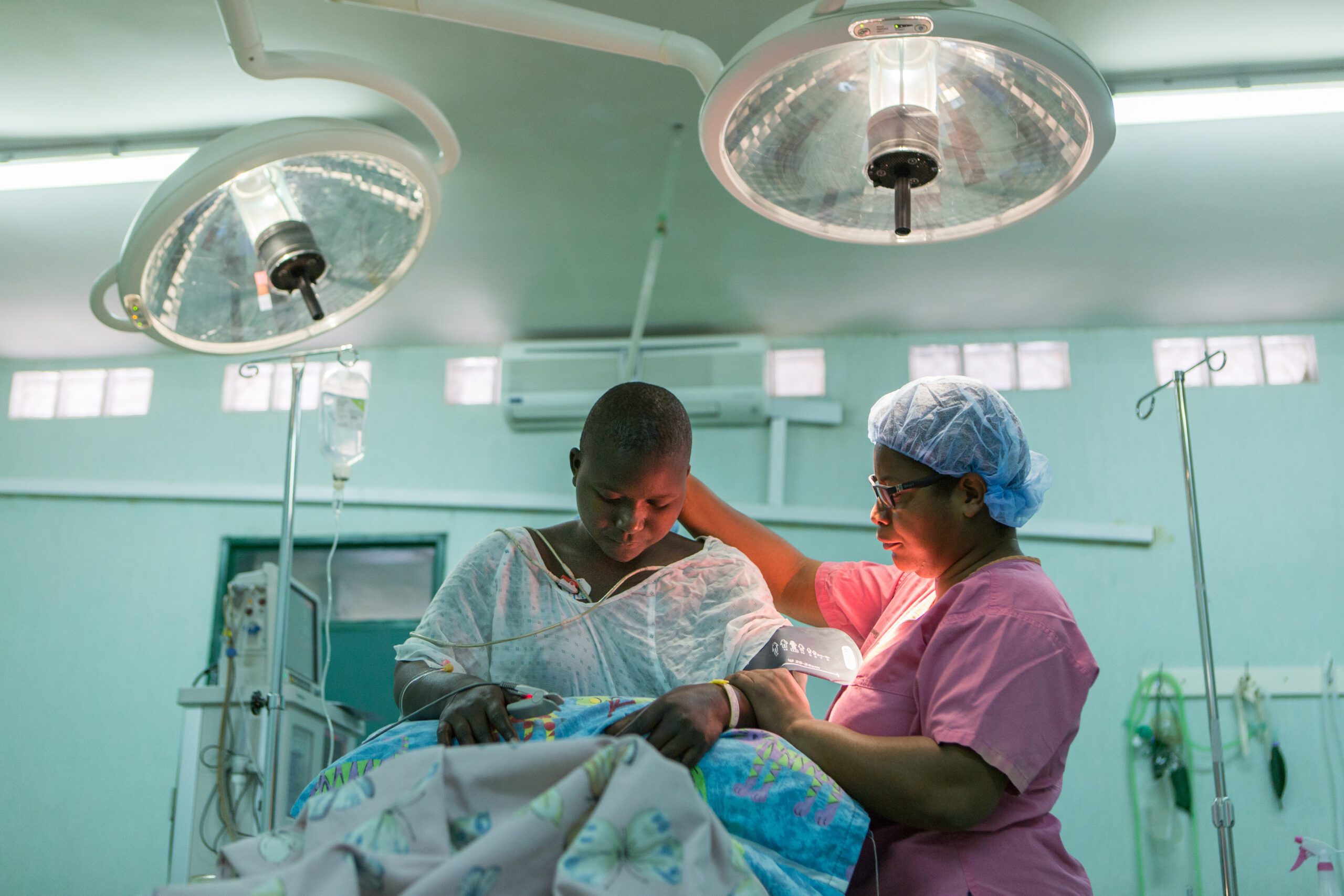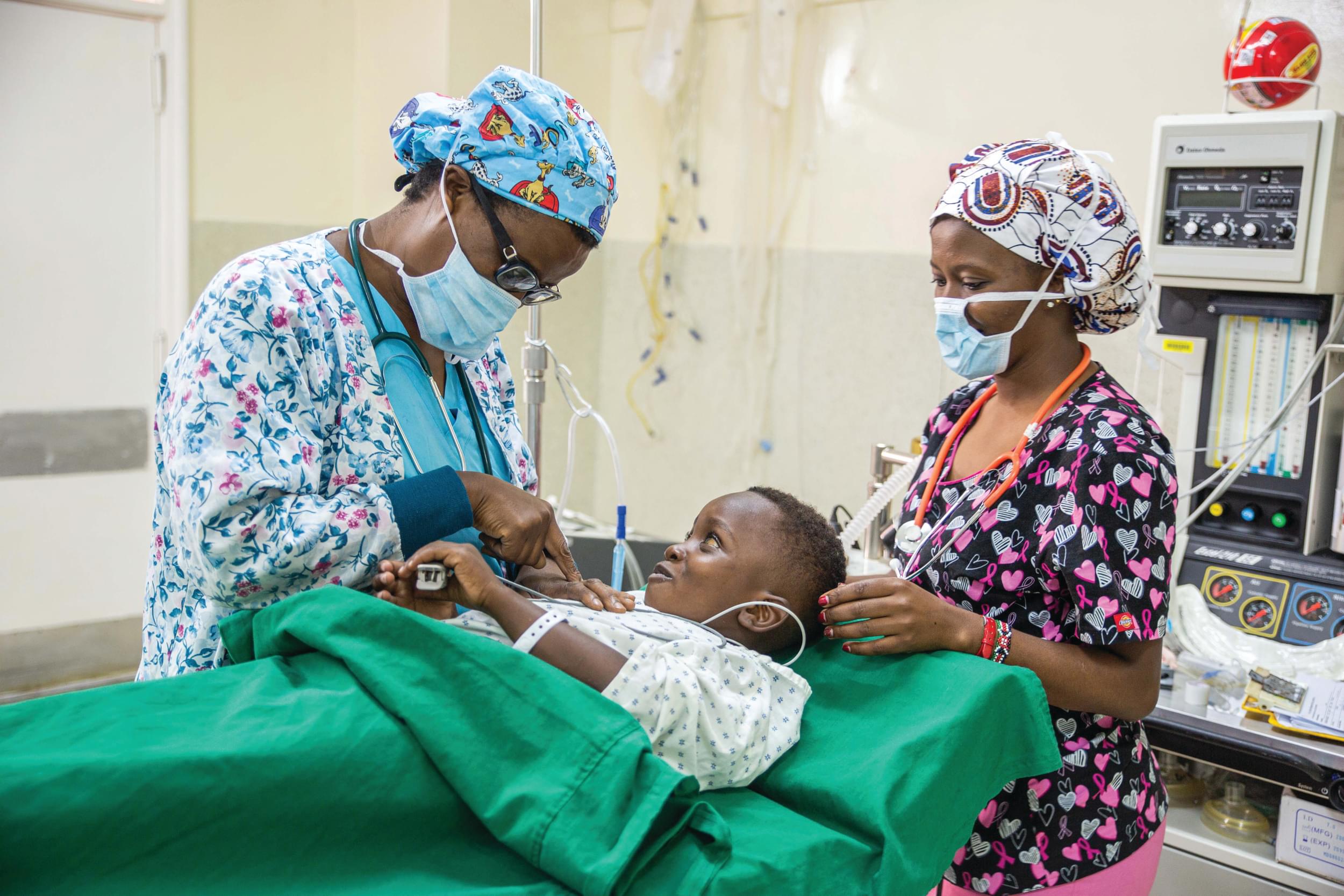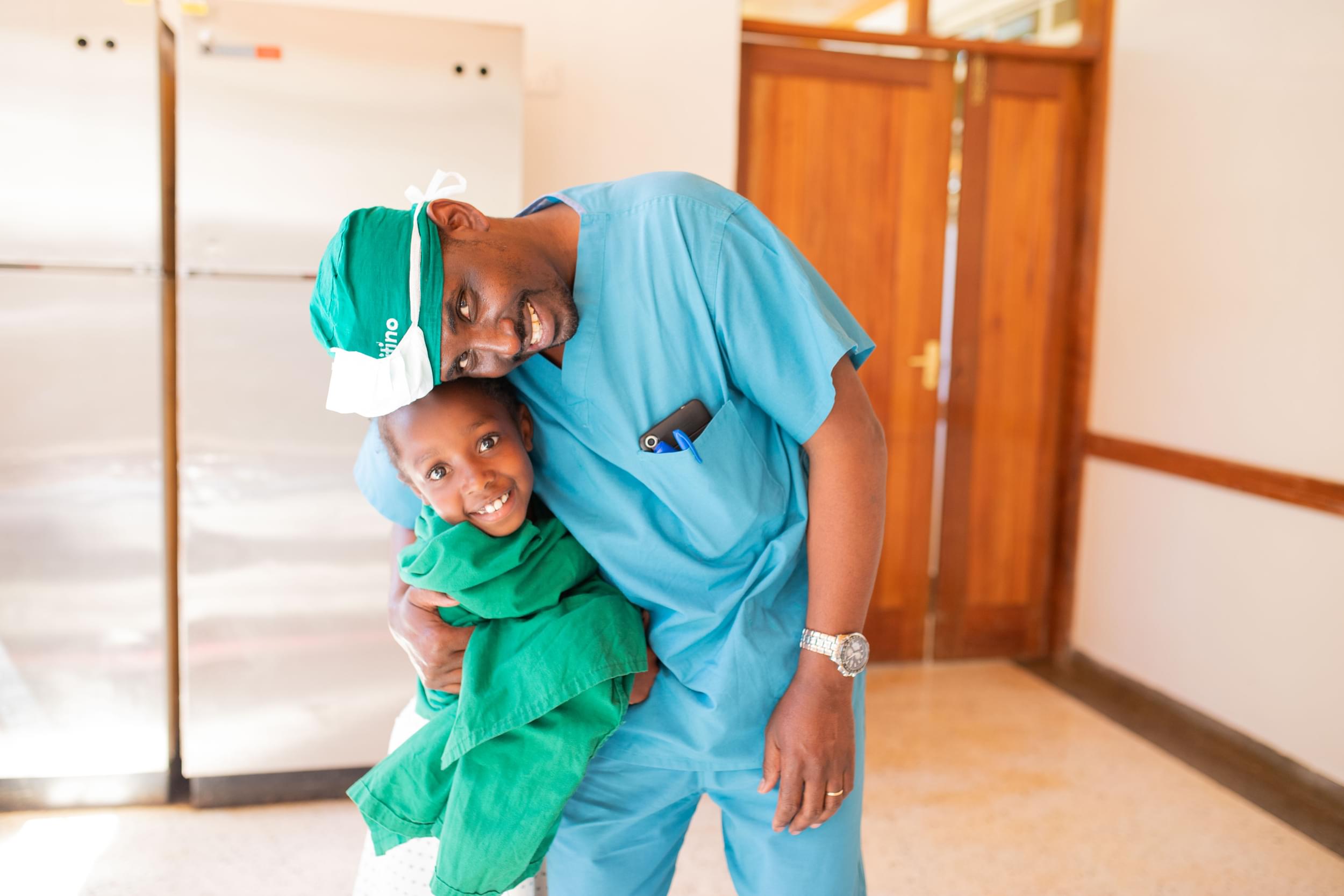Post infective bone gap management of the lower extremity
Abstract: The development of a bone gap as a sequela of chronic osteomyelitis (COM) in childhood is uncommon. The factors that lead to such an occurrence are related to the type of infecting organism, toxins produced, and the stability of the segments. A critical factor for gap development in childhood is the type and extent of injury to the periosteum. The treatment of bone defects follows principles of enhancing the bone’s biological and mechanical environments whilst eliminating the infective process.
Many different techniques can be successfully employed to achieve the same primary goal of bony continuity, particularly in the management of smaller defects. Long-term outcome following restoration of bony continuity in chronic osteomyelitis bone gaps is mostly predicated on other factors of the disease process such as physeal and adjacent joint destruction.






















